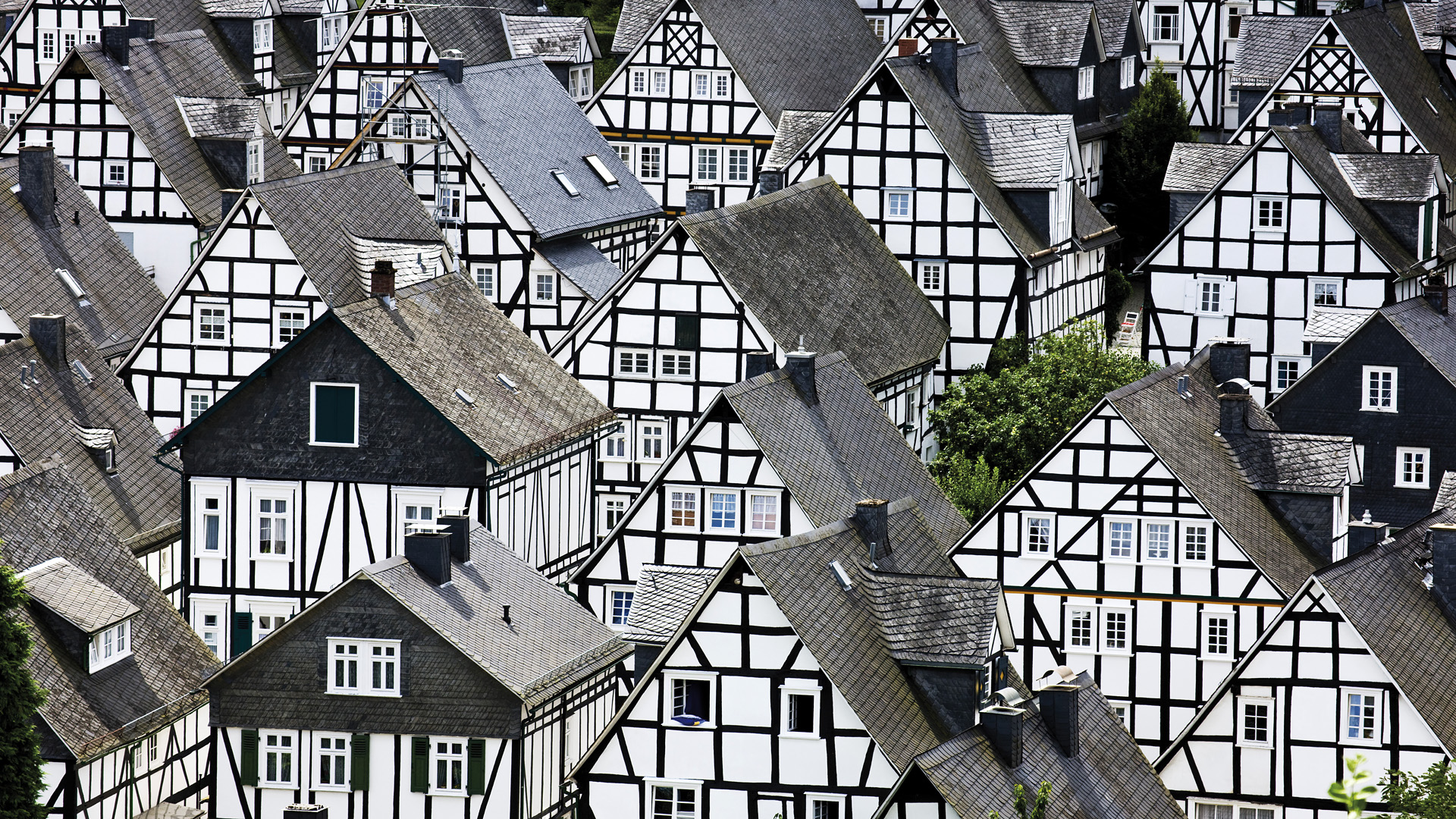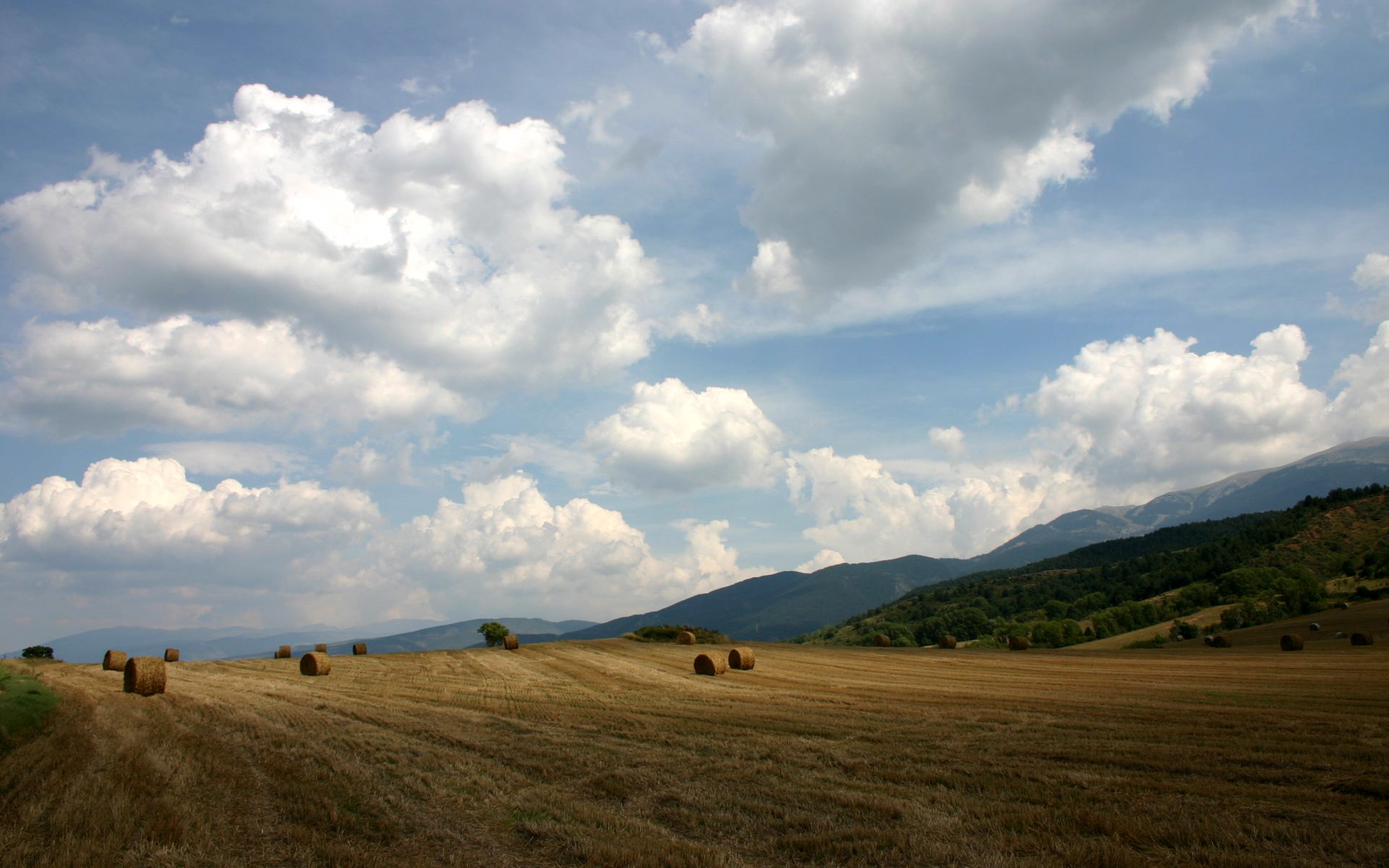关于中原的范围,其通常被理解为以河南省为主体,延及周围数省交界地带的广阔区域。嵩山位于河南省中部,自古以来被视为“天地之中”。历史上,嵩山因其地理位置的重要性,在政治、文化上拥有举足轻重的地位。因此可以说,嵩山处于广义上中原地区的中心位置。这一认知不仅基于地理考量,还融合了深厚的文化与历史底蕴。
So, let's talk about this big, bad thing called "Zhongyuan" and the question that's been bugging me for ages: is Songshan really the center of it all? You see, I grew up hearing stories about the great land of Zhongyuan, and how everything revolves around this mystical mountain called Songshan. But is it really true? Let's dive into this mystery like we're on a treasure hunt.
First off, imagine if you will, the Zhongyuan as a giant pizza pie. Now, not just any pizza, but one of those fancy ones with all sorts of toppings spread out evenly. Each slice represents a different part of this vast region, each with its own flavor and history. And right in the middle, there’s this one piece that everyone fights over – that’s Songshan. It’s the extra cheesy, extra special slice that everyone wants a bite of.
Now, to get a real feel for the size of Zhongyuan, think of it as a giant jigsaw puzzle. Each piece is a city or town, and they all come together to form this massive picture of history, culture, and tradition. Some pieces fit snugly, like Zhengzhou, the capital of Henan province, while others are a bit more distant, like Luoyang, which has its own unique vibe.

But back to our main question: is Songshan the center? Well, let’s ask some folks who know a thing or two about this. Picture this: I’m sitting in a teahouse in Dengfeng, the city at the foot of Songshan, sipping on some local brew, and chatting with an old man named Mr. Wang. He’s got these wise eyes that seem to hold centuries of stories.
"So, Mr. Wang," I say, trying to sound as serious as possible, "is Songshan really the center of Zhongyuan?" He chuckles, takes a sip from his cup, and says, "Son, everything revolves around something. For us here, Songshan is the heart. But ask someone from another part of Zhongyuan, and they might tell you a different story."

And that’s the beauty of it, isn’t it? Just like how my mom always says, “Everything’s relative.” (Okay, maybe she doesn’t say that, but it sounds cool, right?)
To get a better understanding, I decided to take a little trip around Zhongyuan. First stop: Kaifeng. This place is like stepping into a time machine. The streets are lined with traditional shops selling all sorts of goodies, and the air is filled with the aroma of street food. Walking through the bustling markets, I couldn’t help but feel a sense of belonging. It’s like being wrapped in a warm blanket of history.
Next, I headed over to Luoyang, the ancient capital of China. The city is a perfect blend of old and new, with modern skyscrapers towering over ancient temples. As I wandered through the Longmen Grottoes, admiring the intricate carvings and statues, I felt a connection to the past. It was as if the stones were whispering secrets of bygone eras.
Throughout my travels, I met people from all walks of life. Each had their own story to tell, their own perspective on what makes Zhongyuan special. And you know what? They all had a point. Zhongyuan is not just a geographical region; it’s a living, breathing entity, full of vibrant cultures and diverse histories.
So, back to our original question: is Songshan the center? In a way, yes. It’s the spiritual heart, the place where many traditions converge. But Zhongyuan is so much more than just one mountain. It’s a tapestry woven from countless threads, each representing a different part of this rich and varied land.
As I sit here, sipping on my tea, I realize that the answer to our question is not as straightforward as I thought. Zhongyuan is not just a place on a map; it’s a feeling, a state of mind. And whether you’re standing at the foot of Songshan or wandering the streets of Kaifeng, you can feel it in your bones.
In the end, I guess what Mr. Wang said was right: everything revolves around something. For some, it’s Songshan. For others, it’s the memories and experiences that make Zhongyuan so special. And that, my friends, is the magic of it all.

